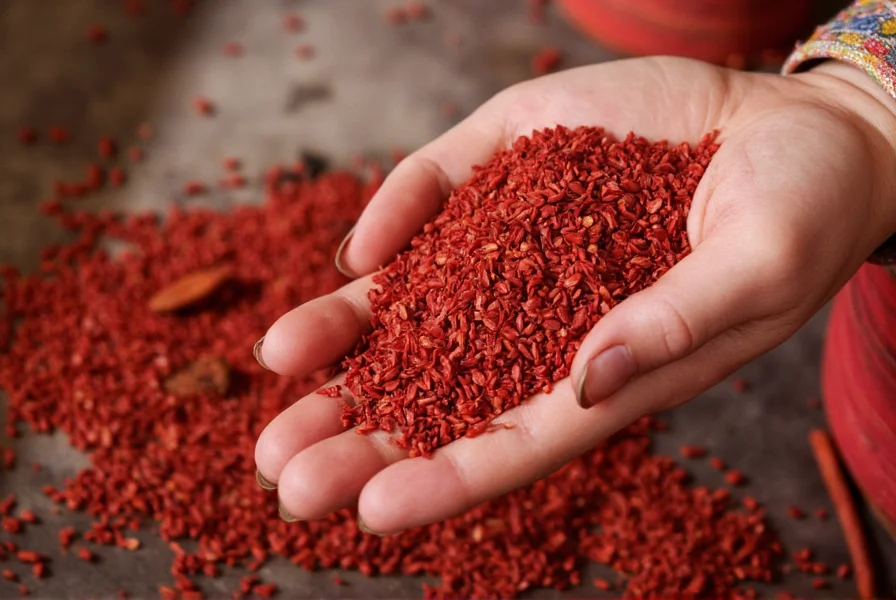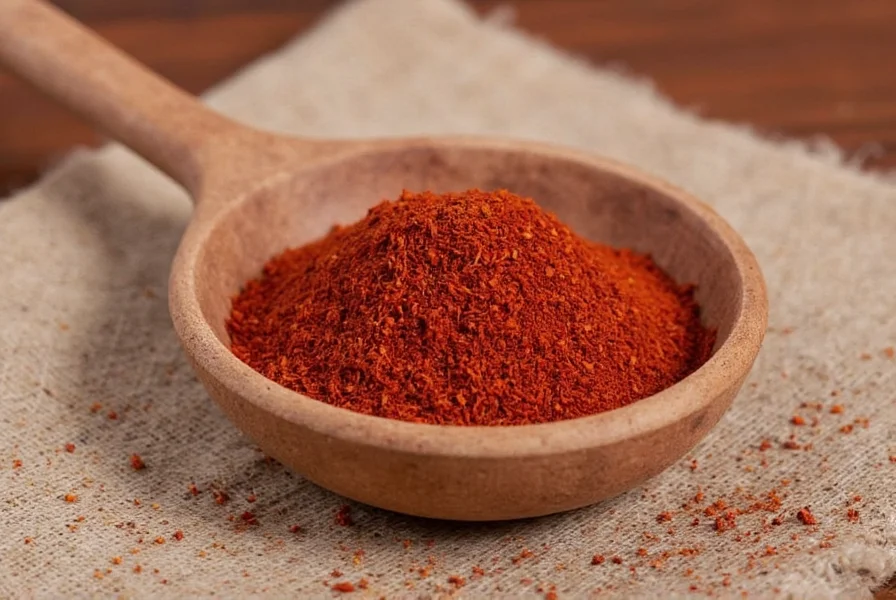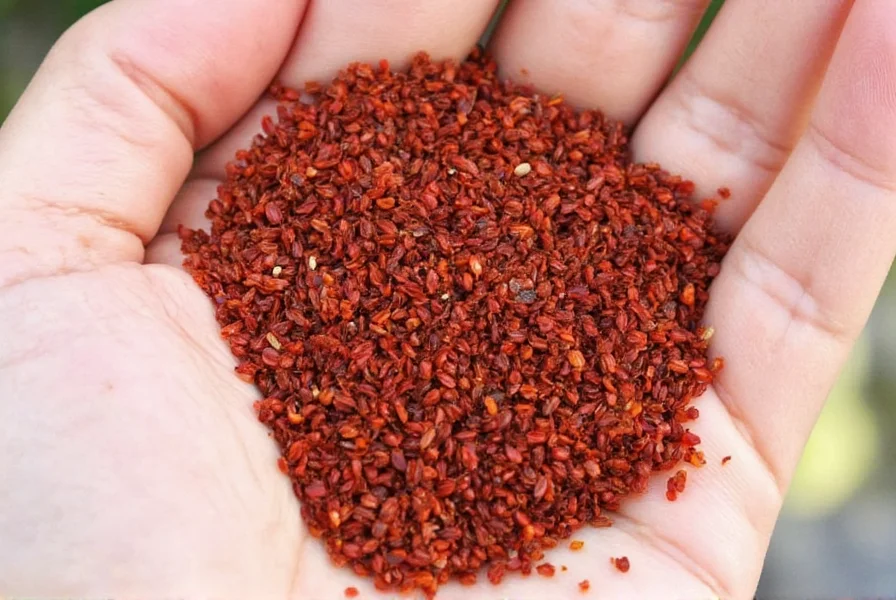Zafran is the Arabic and Persian term for saffron, the world's most expensive spice by weight, derived from the dried stigmas of the Crocus sativus flower. This precious spice requires approximately 75,000 flowers to produce just one pound of saffron threads, explaining its high value in global culinary traditions.
When searching for what is zafran spice, many users discover they're exploring one of humanity's oldest and most treasured flavoring agents. The term "zafran" (also spelled za'faran or zafaran) originates from the Arabic word for yellow, reflecting the vibrant golden hue this spice imparts to dishes. While "saffron" is the common English term, "zafran" remains widely used across Middle Eastern, South Asian, and Mediterranean cultures where this spice has been integral to culinary traditions for millennia.
The Historical Journey of Zafran
Zafran's story begins over 3,500 years ago in ancient Persia, where it was first cultivated. Historical records show its use in royal courts, religious ceremonies, and traditional medicine. The spice traveled along ancient trade routes, becoming a status symbol in medieval Europe where it was worth more than gold. Understanding where does zafran come from historically reveals how this single flower transformed global cuisine.
How Zafran Production Works
The extraordinary value of zafran stems from its labor-intensive harvesting process. Each Crocus sativus flower produces only three delicate red stigmas, which must be hand-picked at dawn when the flowers are still closed. These fragile threads then require careful drying to preserve their flavor compounds and coloring properties. This meticulous process explains why genuine zafran characteristics include:
| Characteristic | Description | Why It Matters |
|---|---|---|
| Color | Vibrant red threads with orange tips | Indicates proper drying and freshness |
| Aroma | Honey-like with hay undertones | Sign of quality crocin content |
| Texture | Dry but slightly springy | Prevents mold and preserves potency |

Culinary Applications of Zafran
Mastering how to use zafran in cooking requires understanding its unique properties. Unlike many spices, zafran releases its flavor and color best when steeped in warm liquid before adding to dishes. Chefs worldwide use it to create signature dishes:
- Spanish paella (where it's essential for authentic flavor)
- Persian tahdig (crispy rice with golden crust)
- Indian biryani and kheer (rice pudding)
- Moroccan tagines
- Italian risotto alla Milanese
When exploring zafran culinary applications, note that a little goes a long way—a single gram can flavor up to 100 servings. The spice pairs beautifully with rice, seafood, and creamy sauces, creating that distinctive golden hue and complex floral-honey flavor profile.
Identifying Authentic Zafran
Given its high value, saffron fraud is common in the marketplace. Learning authentic zafran identification techniques protects consumers from adulterated products. Genuine zafran will:
- Release color gradually in warm water (not immediately)
- Maintain thread integrity when soaked (powder often dissolves)
- Have a distinctive aroma (not musty or chemical)
- Leave yellow-orange stains on fingers (not instant red)
Many consumers search for zafran vs saffron difference wondering if they're distinct products. The reality is simple: they're the same spice, with "zafran" being the term used in Arabic, Persian, and some European languages, while "saffron" is the English adaptation of the Italian "zaferano."
Proper Storage Techniques
Preserving zafran's potency requires careful handling. For optimal zafran storage methods, follow these guidelines:
- Store in airtight containers away from light
- Maintain cool temperatures (below 70°F/21°C)
- Use within 6 months for peak flavor (though it remains safe indefinitely)
- Never store in refrigerator due to moisture risk

Common Misconceptions
Several myths surround this precious spice. While some search for zafran benefits in cuisine, they often encounter exaggerated health claims. Scientific research shows saffron contains antioxidants, but many purported medicinal benefits lack robust clinical evidence. The primary value of zafran remains its unparalleled culinary contribution rather than therapeutic properties.
Another frequent question concerns substitutes. While some search for alternatives due to saffron's cost, understanding traditional zafran uses reveals why no perfect substitute exists. Turmeric provides color but lacks flavor complexity. Safflower offers visual similarity but none of the distinctive aroma. The unique combination of flavor, color, and aroma makes genuine zafran irreplaceable in authentic recipes.
Conclusion
Zafran represents more than just a spice—it's a cultural treasure connecting civilizations across centuries. Whether you're exploring what is zafran spice for culinary experimentation or cultural understanding, appreciating its history, production challenges, and proper usage enhances the experience. The next time you encounter this golden spice, remember you're holding a fragment of human history that has graced royal tables and humble kitchens alike for thousands of years.
What is the difference between zafran and saffron?
Zafran and saffron refer to exactly the same spice. "Zafran" is the Arabic, Persian, and some European languages' term for what English speakers call "saffron." Both terms describe the dried stigmas of the Crocus sativus flower.
Why is zafran so expensive compared to other spices?
Zafran's high cost stems from its labor-intensive harvesting process. Each crocus flower produces only three stigmas, which must be hand-picked at dawn. It takes approximately 75,000 flowers to yield just one pound of dried saffron threads, making it the world's most expensive spice by weight.
How can I tell if my zafran is authentic?
Authentic zafran threads should be deep red with orange tips, have a distinctive honey-hay aroma, and release color gradually when soaked in warm water. When rubbed between fingers, they should leave a golden-yellow stain (not instant red). Genuine threads maintain their structure when soaked, unlike powdered substitutes which dissolve.
What are the best ways to use zafran in cooking?
For optimal flavor extraction, crush a few zafran threads and steep them in warm liquid (water, broth, or milk) for 15-20 minutes before adding to your dish. This technique works best for rice dishes, soups, and sauces. Never add dry threads directly to recipes, as this prevents proper flavor release and can create bitter spots.
How should I store zafran to maintain its quality?
Store zafran in an airtight container away from light and moisture at cool room temperature. Properly stored, it maintains peak flavor for 4-6 months. Avoid refrigeration due to humidity risks. For extended storage, some chefs freeze saffron in vacuum-sealed containers, though this may slightly alter texture upon thawing.











 浙公网安备
33010002000092号
浙公网安备
33010002000092号 浙B2-20120091-4
浙B2-20120091-4